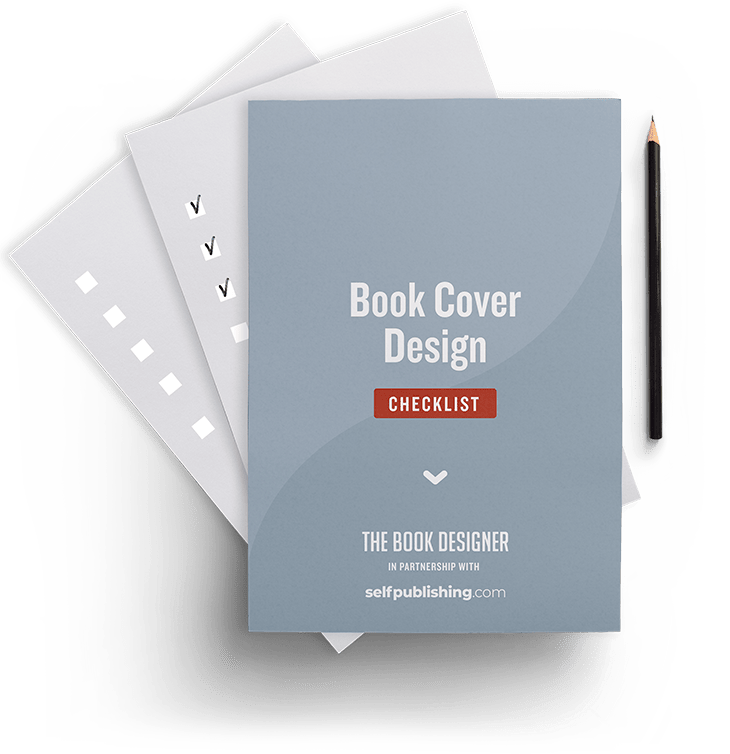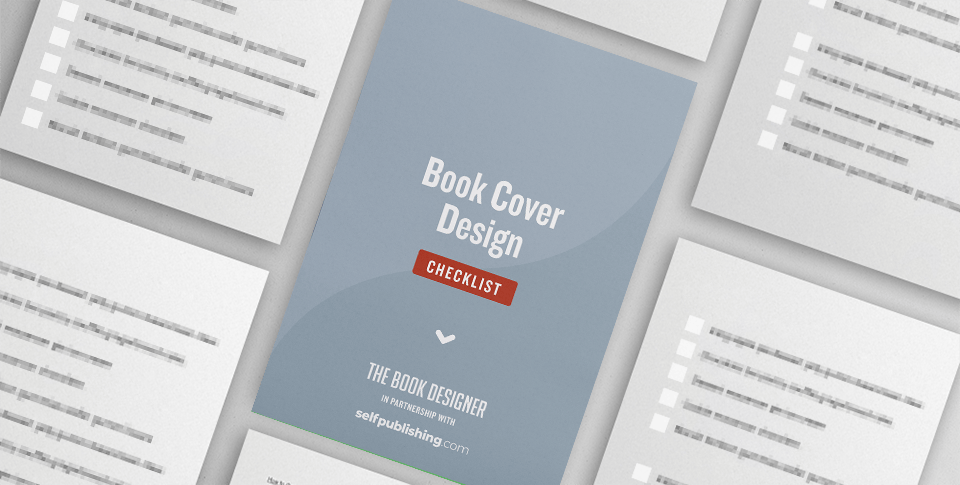BOOK DESIGN
COVER DESIGN
PRODUCTION
BOOK MARKETING
AUTHOR BRANDING
REVIEWS
SELF PUBLISHING
WRITING
ARCHIVES
Learn Book Construction Blueprint

ALL Book Construction Blueprint POSTS


Book Cover Design Checklist
Set your book up to SELL with our FREE Book Cover Design Checklist to make sure your book makes a great first impression!
